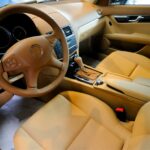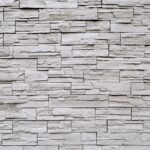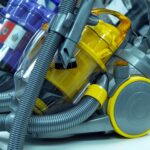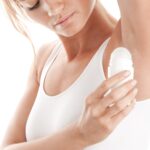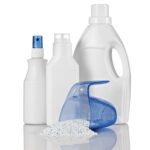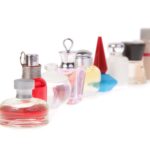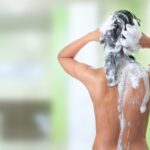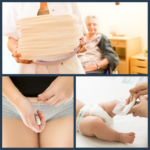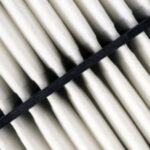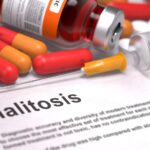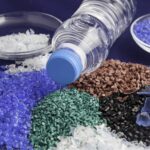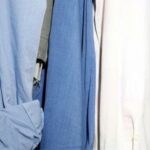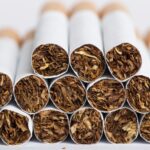Developing successful odour studies
Product optimisation and material testing have almost endless possibilities and we’ll make sure to create an odour study that will provide relevant, valuable information for you.
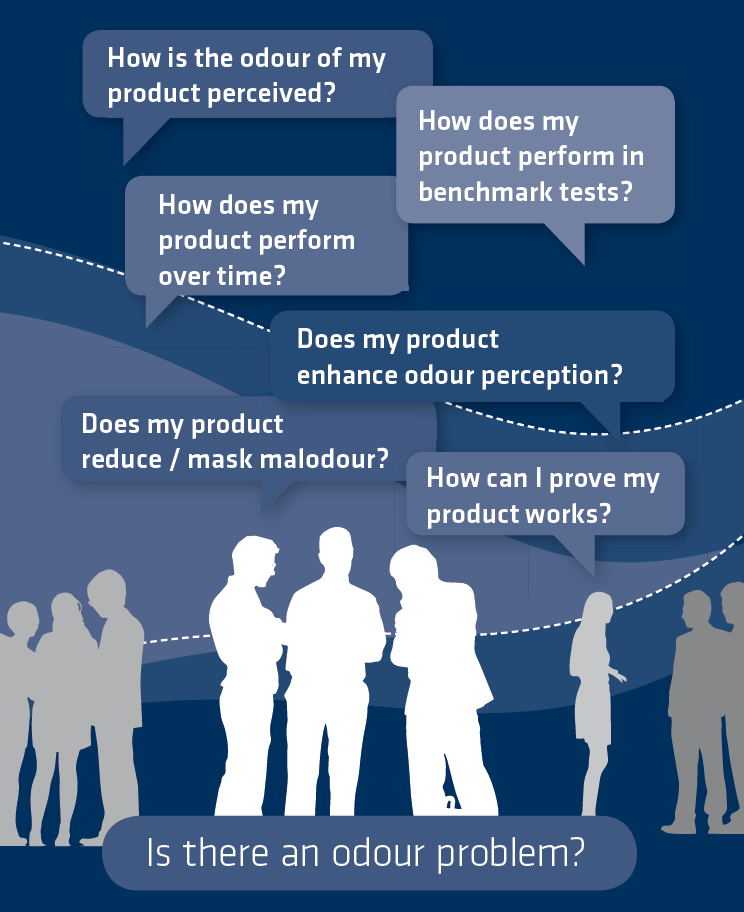
Your question in the centre of our concern
Odour studies that provide relevant, valuable answers for you
All our sensory or molecular odour tests help to answer certain questions, such as:
- How is the odour of my product perceived?
- Is there an odour problem?
- How does my product perform over time?
- Does my product enhance odour perception?
- Does my product reduce or mask malodour?
- How does my product perform in a benchmark test?
- How can I prove that my product works?
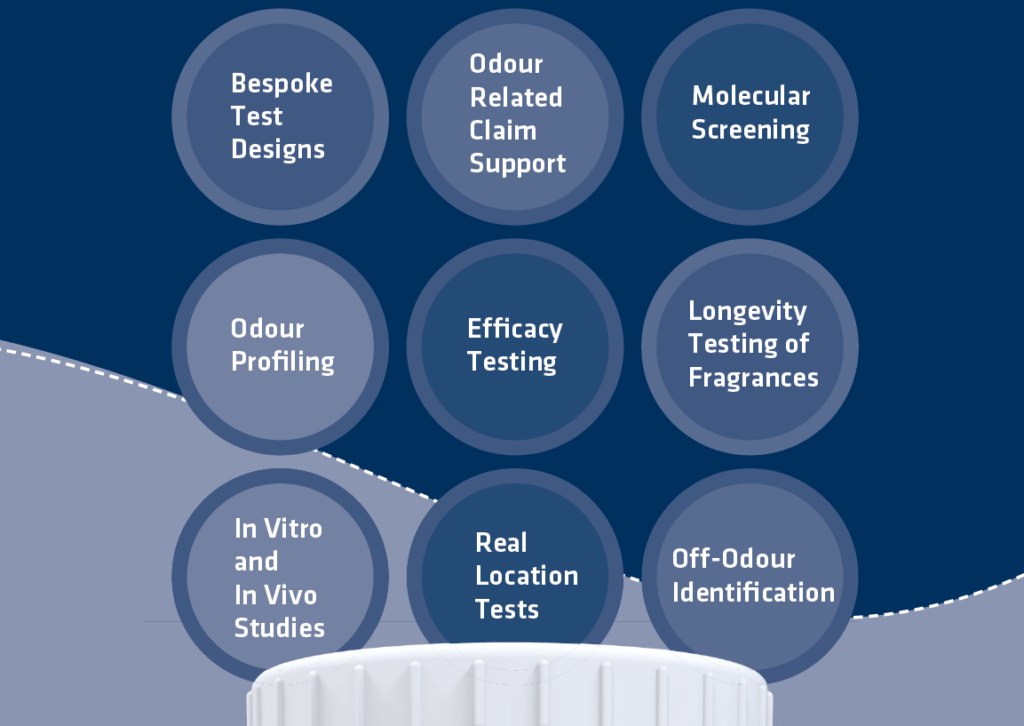
The appropriate techniques for your individual question
From odour data to odour knowledge
Once we know what questions you need answered, we can identify the most appropriate techniques, which include:
- odour and aroma profiling
- off-odour identification
- efficacy testing
- cross-tests of product variants
- longevity testing of fragrances
- assessment of masking quality
- calculation of odour reduction rate
- odour related claim support
- bespoke test designs
- real location tests
- molecular screening
- in vitro and in vivo studies
- and many more approaches
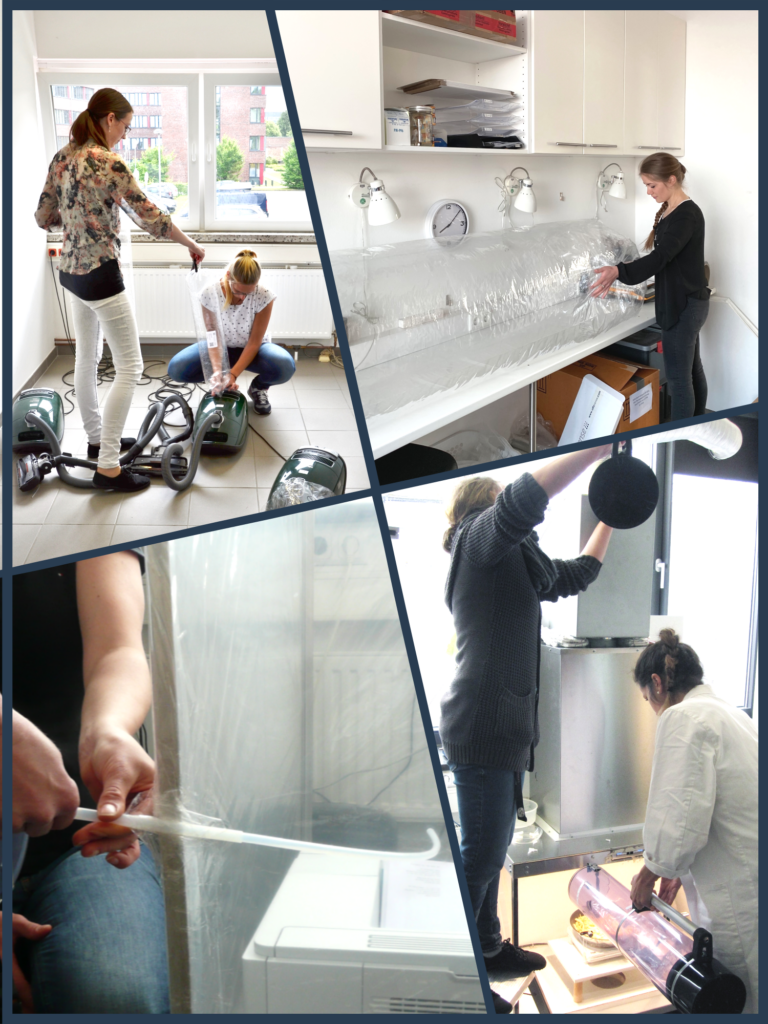
Combining individualised sampling…
The right sampling method based on your requirements
Olfasense ensures best possible analysis results by combining standardised measurement – for traceable and reproducible results – with individualised sampling to achieve conditions that are as ‘real’ as possible and tailor-made to the product or material to be tested.
Our advanced sampling infrastructure includes:
- certified nalophan gas sample bags
- standard chambers with and without air flow
- CLIMPAQ (Chamber for Laboratory Investigations of Materials, Pollution and Air Quality) climate chambers
- the Olfasense Scent Sampler to take standardized samples directly from the skin and other surfaces
- a twin room facility, to explore indoor behaviours of products and for comparative testing of products
- the Olfasense LiGaVa system, to vaporise any kind of liquid into the gas phase in order to understand the vapour phase’s perception and
- sampling devices, test benches and hygiene boxes
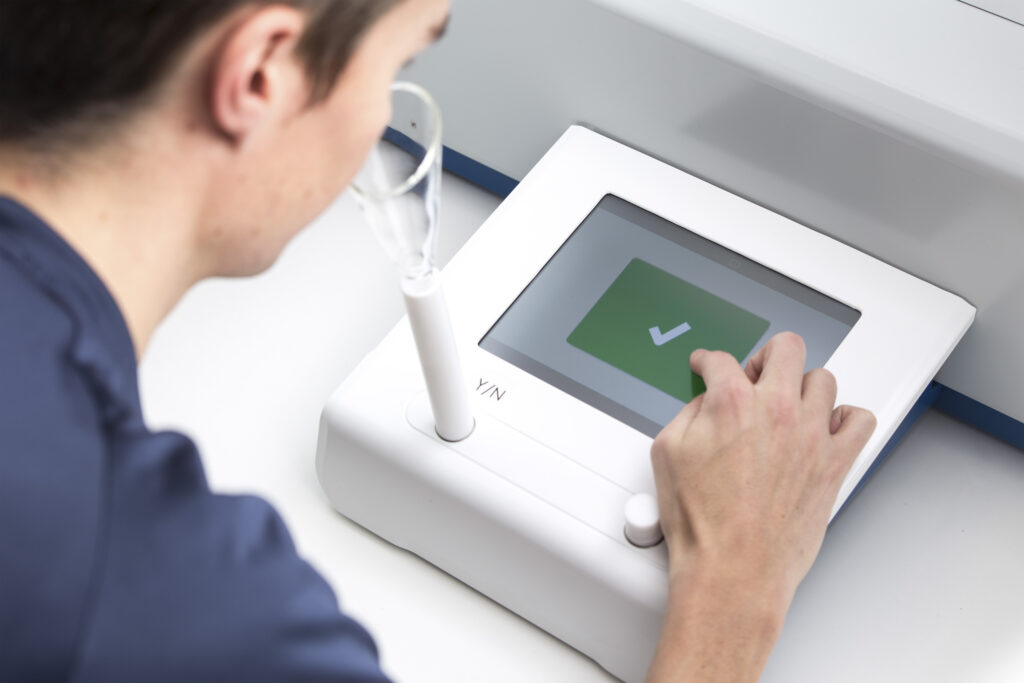
…with standardised sensory measurements…
Assessing and optimising the sensory attributes of products and materials
The processes, methods and target parameters of our sensory odour analysis are diverse:
- accredited odour concentration analysis (ouE/m3) according to EN 13725, the European Standard for Olfactometry
- accredited odour evaluation of materials of the automotive interior according to VDA 270
- accredited odour evaluation of components in the passenger compartment according to PV3900
- hedonic tone and odour intensity measurement according to VDI 3882
- perceived odour intensity Π (pi) measurement according to ISO 16000- 28
- odour character and acceptance measurement
- odour quality determinations
- odour threshold determination of pure substances and odour mixtures
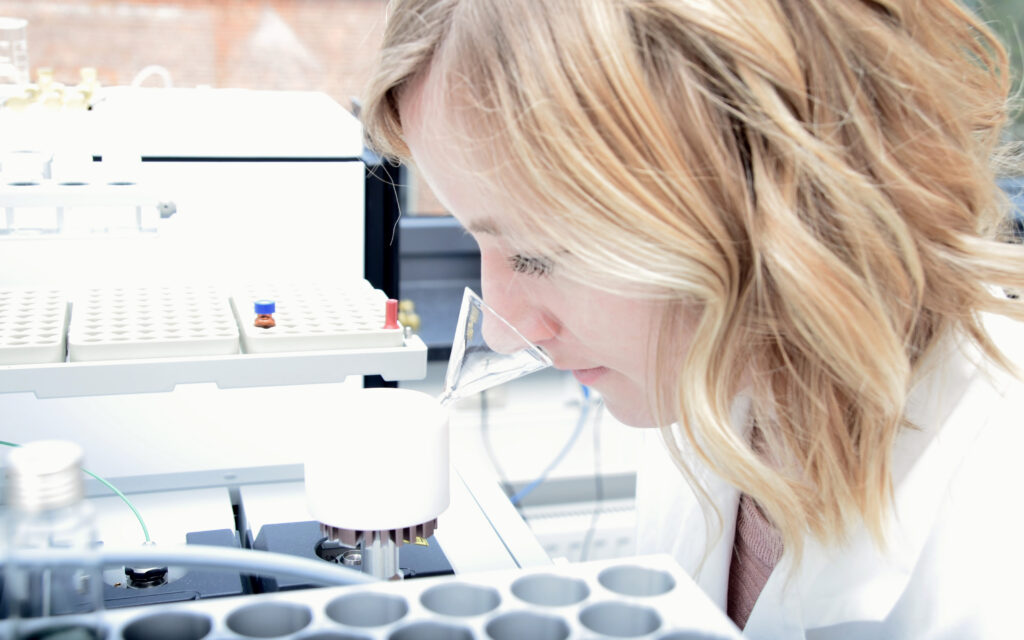
…and cutting-edge molecular testing capabilities.
Adding a molecular perspective to odour testing
Olfasense is in a unique position to have both sensory and molecular odour analysis capabilities in-house. We use molecular analysis, like high-resolution GC-MS and GC-Sniffing, to find the reasons behind certain sensory attributes of products and materials. This is particularly useful for off-flavours, understanding odours, and the evaluation of air treatment and indoor air quality.
Examples of services offered in the field of molecular odour evaluation are:
- High-resolution GCMS, to know the molecular composition of an odour sample
- GC Sniffing, to identify compound(s) responsible for a specific odour in a sample
- Gas chromatography coupled with ion-mobility spectrometry (GC-IMS), a very fast method to detect various substances within a couple of minutes, and to analyse the evolution of VOC profiles over time
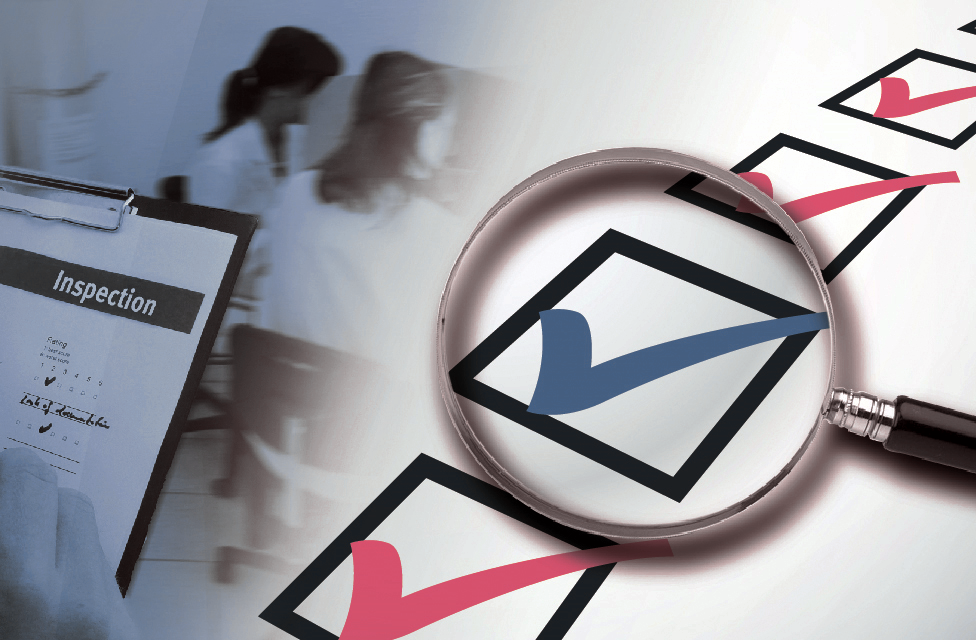
Working with the best noses in the business
Relying on well-trained human assessors
Odour measurement requires the human nose as tester. This means that one of the biggest challenges is getting valid test results with high repeatability.
And the solution?
The accurate selection, training and monitoring of the noses in question! Our high-quality odour laboratories are accredited according to EN ISO/IEC 17025 and all our odour panellists are selected and trained to meet the stringent requirements of odour analyses.
Whatever we do, we’ll make sure you get the best possible analysis quality.


